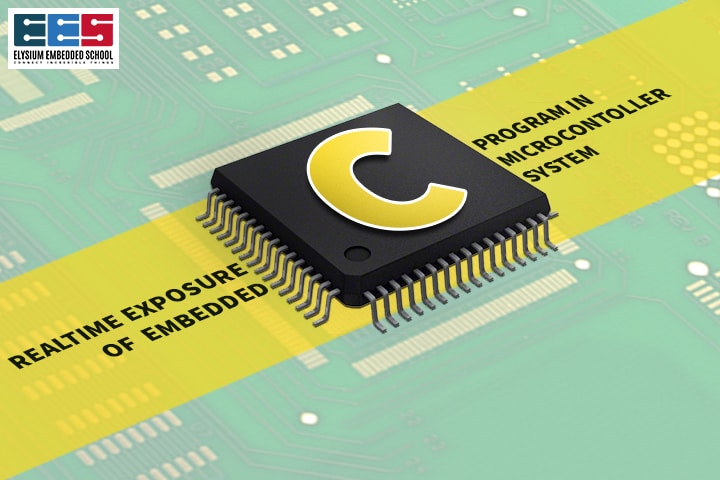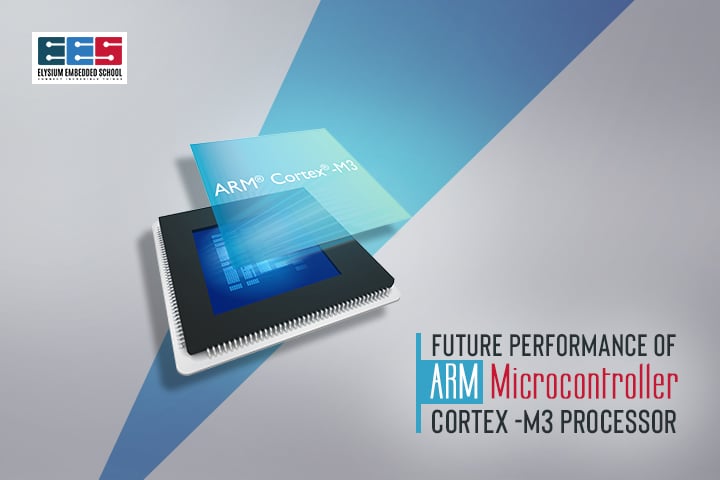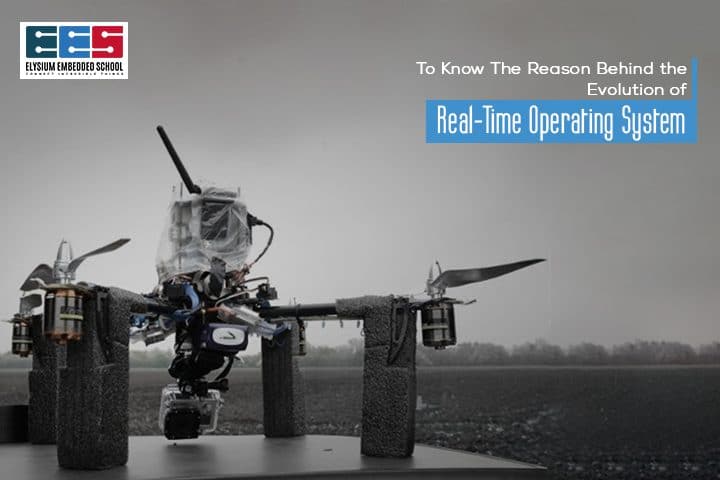
Real-time Exposure of Embedded C Program in Microcontroller System
April 17, 2019
Future Performance of ARM Microcontroller Cortex M3 Processor
April 24, 2019Characteristics of RTOS: Generally, we use several types of operating system such as Windows, Linux, Ubuntu. In the smartphones, the operating system such as marshmallow, Nougat, Kit Kat and jellybean. In a digital electronic device, there is some operating system which is developed by the Microcontroller program. There are different types of operating system to prepare for the microcontroller, but in this blog, we discussed a Real-Time Operating System.
Real-Time Operating System
A Characteristics of RTOS is an operating system, which work-in real time, with determining constraints which require efficient time usage, and power to process an incoming data and relay the expected results without any unknown or unexpected delays. It is the brain of the real-time system, and it responds to inputs immediately. In fact, the task may complete by the specified time and its response in a predictable way to unpredictable events.
Types of RTOS
There are three types of the real-time operating system. They are
Hard real-time operating system Soft RTOS Firm RTOSAdvantages of Real-Time Operating System
Task shifting: Minimal time can require to shift the tasks in the system. Example, the older system takes around 10 microseconds to change from one task to another but the latest real-time operating system can take only 3 microseconds to accomplish it.
Usage of an embedded system: Due to the little size of the program, the real-time os can utilize in Embedded C system for transport and others.
Free of errors: In fact, RTOS Training is error free which means it has no chance of having errors when performing the tasks.
Performance: It is used for applications which run constantly and for 24 hours 7 days a week, due to fewer task shifting that gives maximum output.
Why use RTOS?
As a matter of fact, there are well-established techniques for writing good embedded operating system without the use of RTOS. These techniques can provide the appropriate solution. However, the solution becomes more complex and the benefits of an RTOS more apparent such as
Easier testing: Modular task development which allows for modular task-based testing.
Priority scheduling: Ability to separate critical processing from non-critical is a powerful tool.
Improved efficiency: It can be entirely event driven and no processing time is waste polling for events have not occurred.
Abstracting timing information: RTOS is responsible for timing and offers API functions, and it allows for smaller application code.










